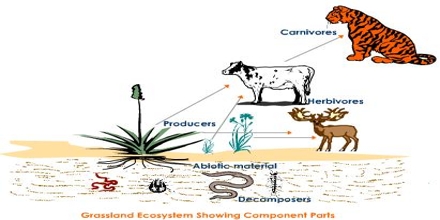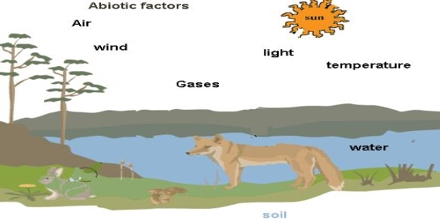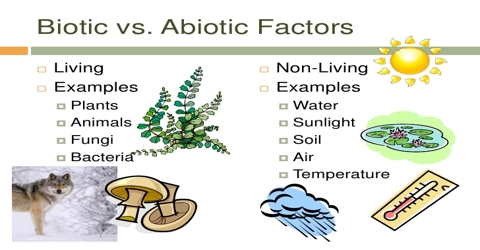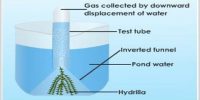Components of Environment
The environment can be defined as the surroundings or conditions in which a person, animal, or plant lives or operates. Environmental ecology is divided into two components. One is the biotic component that is known as components of organisms. Except for these components, the rest of the components consists of another environment. That is known as an abiotic or nonliving component. Abiotic factors refer to non-living physical and chemical rudiments in the ecosystem. Abiotic resources are generally obtained from the lithosphere, atmosphere, and hydrosphere. Examples of abiotic factors are water, air, soil, sunlight, and minerals.

Pic: Biotic Component
The environment plays a pre-eminent role in the life cycle of human beings as human life is highly dependent on the environment. Biotic components include plants and animals. Nonliving elements includes nonliving components. These are known as non-living or abiotic components. Soil, water, and air- these are the three main components of the non-living environment. Without these components, organisms can’t survive. Biotic factors are living or once-living organisms in the ecosystem. These are obtained from the biosphere and are accomplished by reproduction. Examples of biotic factors are animals, birds, plants, fungi, and other similar organisms.
Components of Environment:
The environment mainly consists of atmosphere, hydrosphere, lithosphere, and biosphere. But it can be roughly divided into two types such as (a) Microenvironment and (b) Macro environment. It can also be divided into two other types such as (c) Physical and (d) Biotic environment.
(a) Microenvironment means the immediate local surrounding of the organism.
(b) The macro-environment means all the physical and biotic conditions that surround the organism externally.
(c) The physical environment refers to all abiotic factors or conditions like temperature, light, rainfall, soil, minerals, etc. It comprises of atmosphere, lithosphere, and hydrosphere.
(d) The biotic environment includes all biotic factors or living forms like plants, animals, Micro-organisms.

Pic: abiotic or non-living component
Soil, water, air, light, temperature, humidity, climate, etc physical factor influences the nature and its expansion. The availability of such factors to survive in the environment depends on what type of organism exists in a particular region. Here the animals and plants of a particular region will depend on nature. So you can understand how important abiotic and biotic components are for a living of any organism.
Abiotic Components
Abiotic components of an ecosystem consist of the nonorganic aspects of the environment that determine what life forms can thrive. Temperature varies by latitude; locations near the equator are warmer than are locations near the poles or the temperate zones. Humidity influences the amount of water and moisture in the air and soil, which, in turn, affect rainfall.
Biotic Components
The biotic components of an ecosystem are the life forms that inhabit it. The life forms of an ecosystem aid in the transfer and cycle of energy. Consumers exist on the next level of the food chain. There are three main types of consumers: herbivores, carnivores, and omnivores. Herbivores feed on plants, carnivores get their food by eating other carnivores or herbivores, and omnivores can digest both plant and animal tissue.













